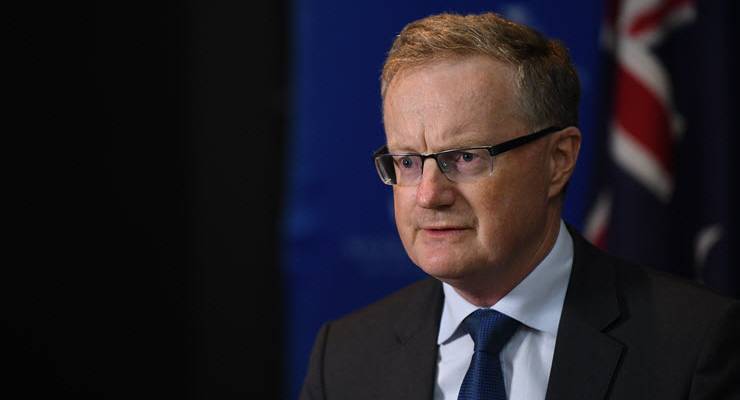
The era of inflation being a key determinant of economic policymaking is over in Australia, at least for time being, with the September quarter Consumer Price Index (CPI) result confirming the pandemic delivered the coup de grace to already weak inflation in Australia.
As expected, yesterday’s CPI showed one of the largest quarter-on-quarter rises seen for some time — 1.6%. But that was down to the government’s restoration of childcare fees, the removal of which had helped send inflation to -1.9% fall in the June quarter. It was still only enough to lift the year-on-year CPI to 0.7%.
The Reserve Bank’s (RBA) preferred inflation measures, which strip out more volatile elements, showed inflation dormant: 1.2% annual for the trimmed mean and 1.3% for the weighted median; 0.4% and 0.3% respectively for the quarterly results. In both cases, the annual rate didn’t shift from the June to the September quarters.
Other than childcare, the only things going up were petrol, due to the recovery in oil prices, and government excise pushing things like alcohol higher. But a range of major goods and services prices have fallen the past year, according to the Australian Bureau of Statistics (ABS): clothing and footwear (-0.5%), housing (-0.2%), household furnishings (-0.1%), transport (-0.4%), communications (-3.3%) and recreation and culture (-0.7%). They all indicate weak demand, except communications where the still-intense mobile phone wars are driving costs lower.
So inflation is dead. Kaput. The bottom of the Reserve Bank’s inflation target band, 2%, is a distant dream. Even under the move-the-goalposts scenario urged by inflation hawks, in which the RBA would be forced to adopt a 1-2% inflation target rather than 2-3%, the beast would still be dead.
But that’s all moot now. The RBA isn’t interested in inflation. It’s interested in jobs first, then the actual outcome of inflation. As its October board minutes stated:
Over recent months, the board had communicated that it would not increase the cash rate target until progress is being made towards full employment and it is confident that inflation will be sustainably within the 2–3% target band.
Given the higher level of uncertainty about inflation dynamics in the current economic environment, the board agreed to place more weight on actual, not forecast, inflation in its decision-making. Members indicated that they would also like to see more than just progress towards full employment before considering an increase in the cash rate, as the board views addressing the high rate of unemployment as an important national priority.
At the end of next week, the bank will issue its November Statement of Monetary Policy, which will lay out where the bank expects inflation and employment to go over the next couple of years — and include its slightly less pessimistic views about the economy over the quarter just completed.
But all eyes will be on Tuesday’s November board meeting, where, it’s strongly expected, the bank will cut rates to 0.1% and begin a further program of quantitative easing.
What happens beyond that if inflation doesn’t recover and unemployment doesn’t fall as rapidly as policymakers hope is a mystery. The RBA has ruled out negative interest rates. We’re already in uncharted waters on monetary policy; we may yet find ourselves even more lost.









Why do I feel that we still have the generals fighting the last war leading our economic policy?
The CPI is NOT the sole measure of inflation. I am unaware of any truthful, non political economic thought, that states that it is. Has anyone who thinks this way and promotes have any idea of truth over politics.
“promotes it”